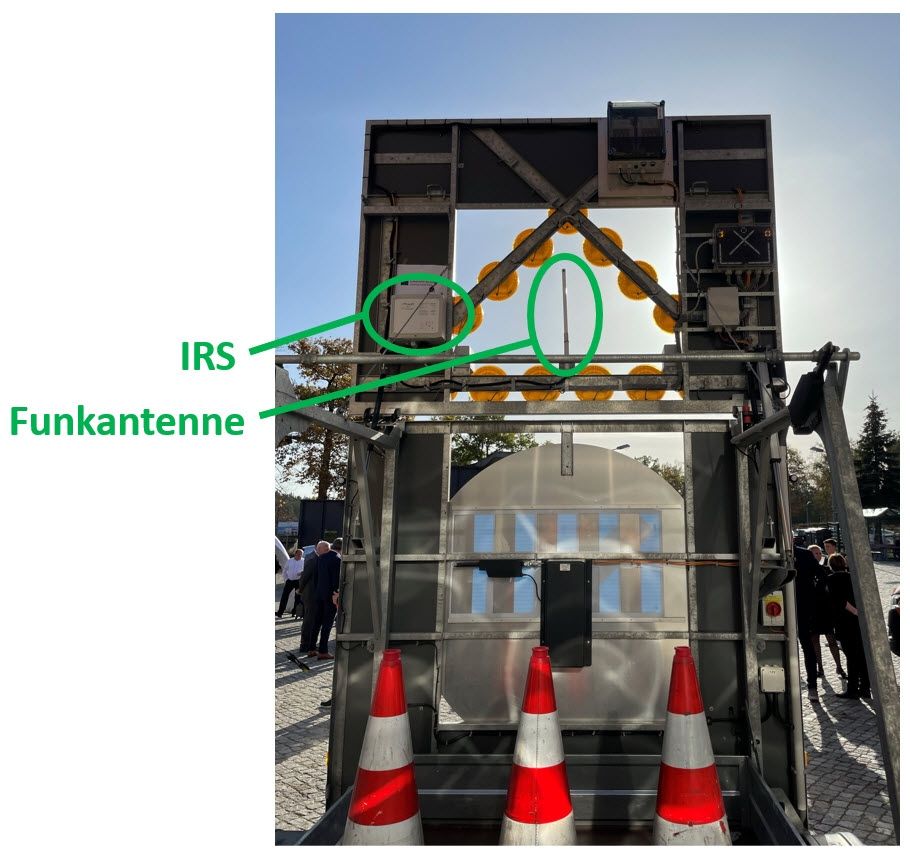SWARCO and AFUSOFT support digitalisation of German motorways
Roadside infrastructure will deliver warnings directly to vehicle dashboards in the future
Germany's operator of the highest-ranking road network, Autobahn GmbH des Bundes, is driving forward the digitalisation of roads with the nationwide roll-out of cooperative intelligent transport systems (C-ITS). The aim is to use infrastructure-to-vehicle communication to provide early warning of hazards, improve traffic flow and increase overall road safety.
The bidding consortium consisting of system integrator SWARCO Traffic Systems GmbH and AFUSOFT Kommunikationstechnik GmbH was recently awarded the contract for Lot 3 of the C-ITS project of Autobahn GmbH. The project involves the comprehensive equipping of Region 3 (north-east, east and north Bavaria branches of Autobahn GmbH) with a total of 551 roadside communication systems (ITS Roadside Stations, IRS), including the associated service and maintenance. The contract term covers four years from the start of the contract with eight further optional extensions of twelve months each.
"The overall system consists of the IRS and the cooperative ICS (ITS Central Station) as well as the connection to upstream and downstream systems," explains SWARCO Product Manager Kevin Seipel. "For this purpose, the mobile warning trailers are equipped with the IRS, which communicate with the vehicles in the form of radio telegrams, provided they are already equipped with the necessary technology. In an initial measure, warnings are transmitted to work sites of short duration in particular."
"We have been equipping mobile warning signs and LED signs in various federal states with our secure communication systems for over twenty years and have been developing and supplying ITS technology for traffic telematics for ten years now," explains Professor Erich H. Franke, Managing Director at AFUSOFT. In addition to the actual devices, this also includes the distributed communication network that processes the data in a tamper-proof manner. Safeguarding the privacy of road users and, last but not least, protection against sabotage and spying are top priorities.
In order to avoid hazards and improve traffic flow, road users receive information on their vehicle display long before they reach the actual roadworks, so that they can adapt their driving style in advance and thus significantly reduce the risk of accidents.
